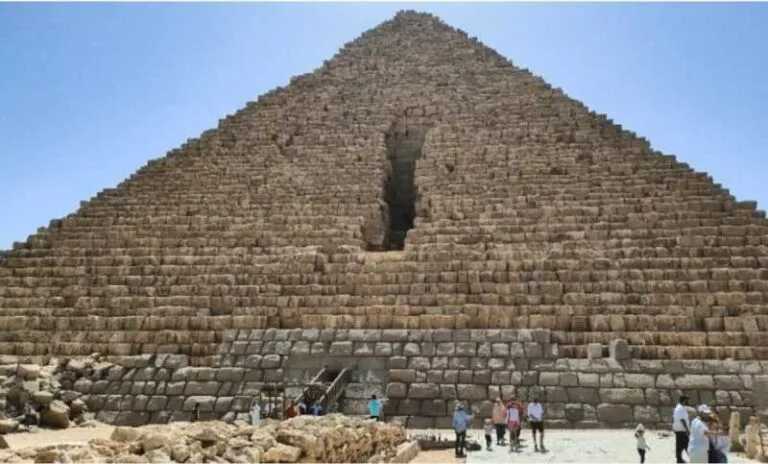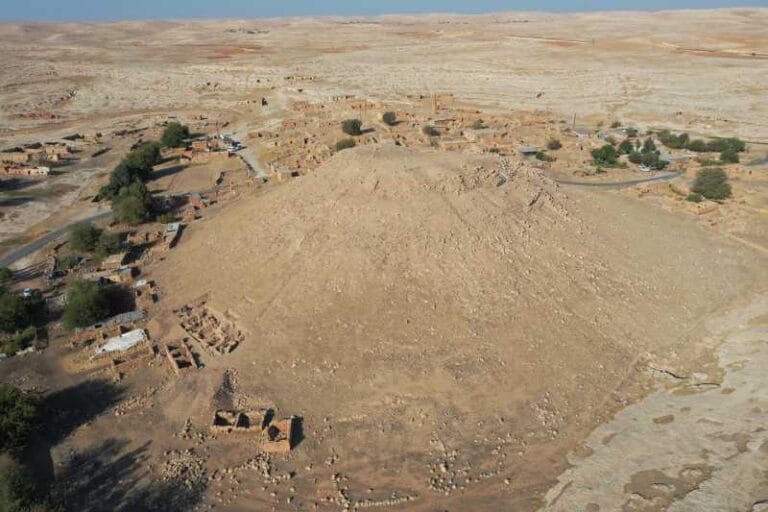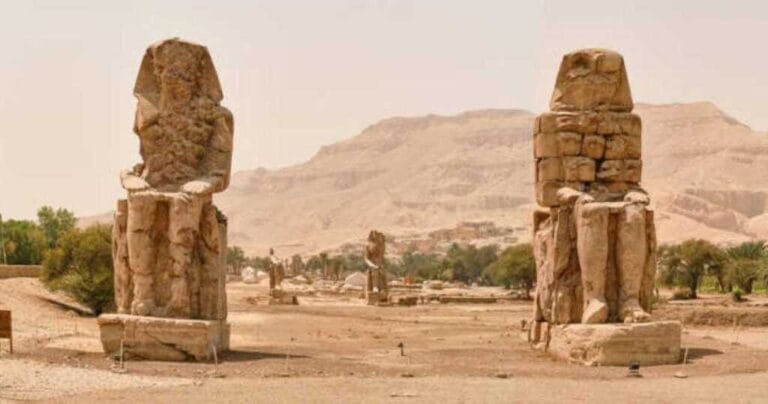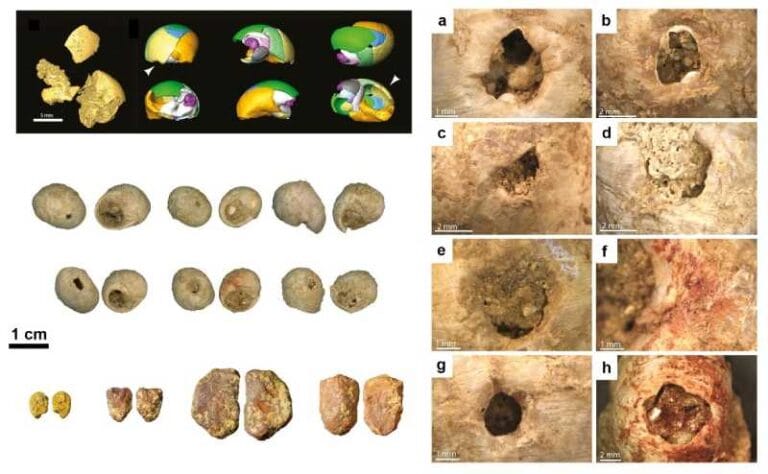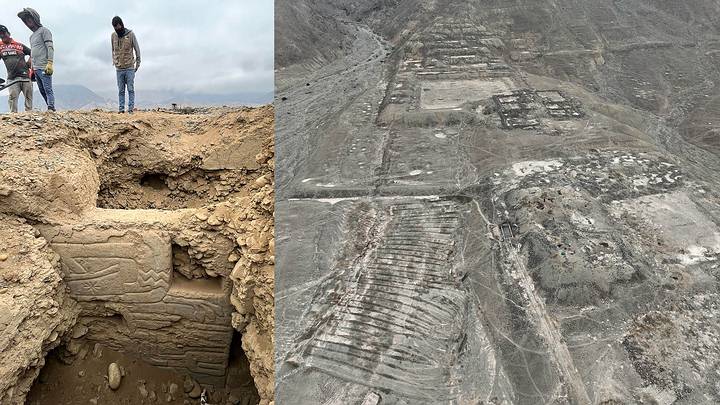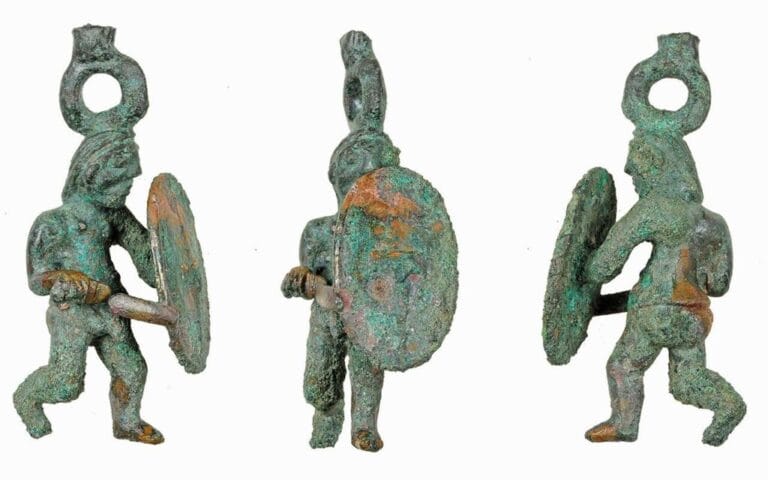3,500-year-old dinner set discovered in Konya, Türkiye
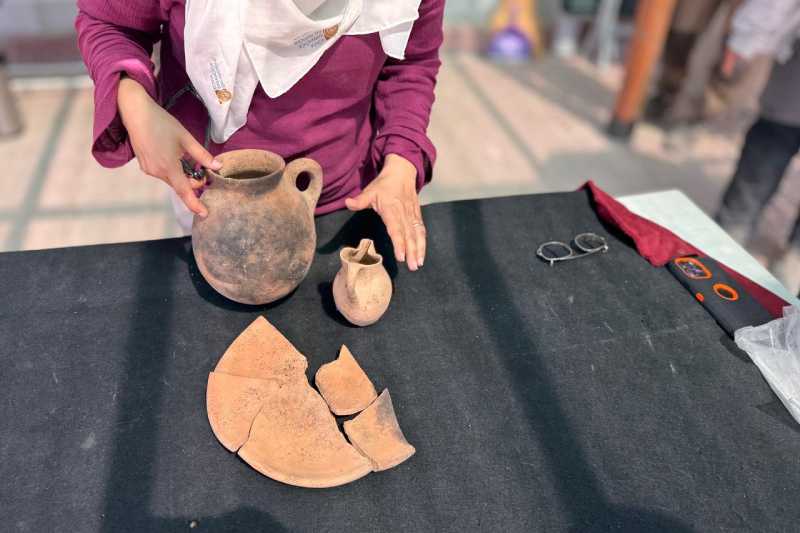
Archaeologists working at the Karahöyük site in Konya province, central Türkiye, have found a set of 3,500-year-old vessels consisting of a jar, a three-lobed spouted jug, and a plate. The find occurred during the fourth season of excavations and offers new clues about the social life and rituals of an important Bronze Age urban center.
The project is led by associate professor Gonca Dardeniz Arıkan of Istanbul University and is supported by the Turkish Ministry of Culture and Tourism and the Konya Metropolitan Municipality. The objects were found in a public building, along with other finds including cremation burials, a ritual altar, and small everyday artifacts.
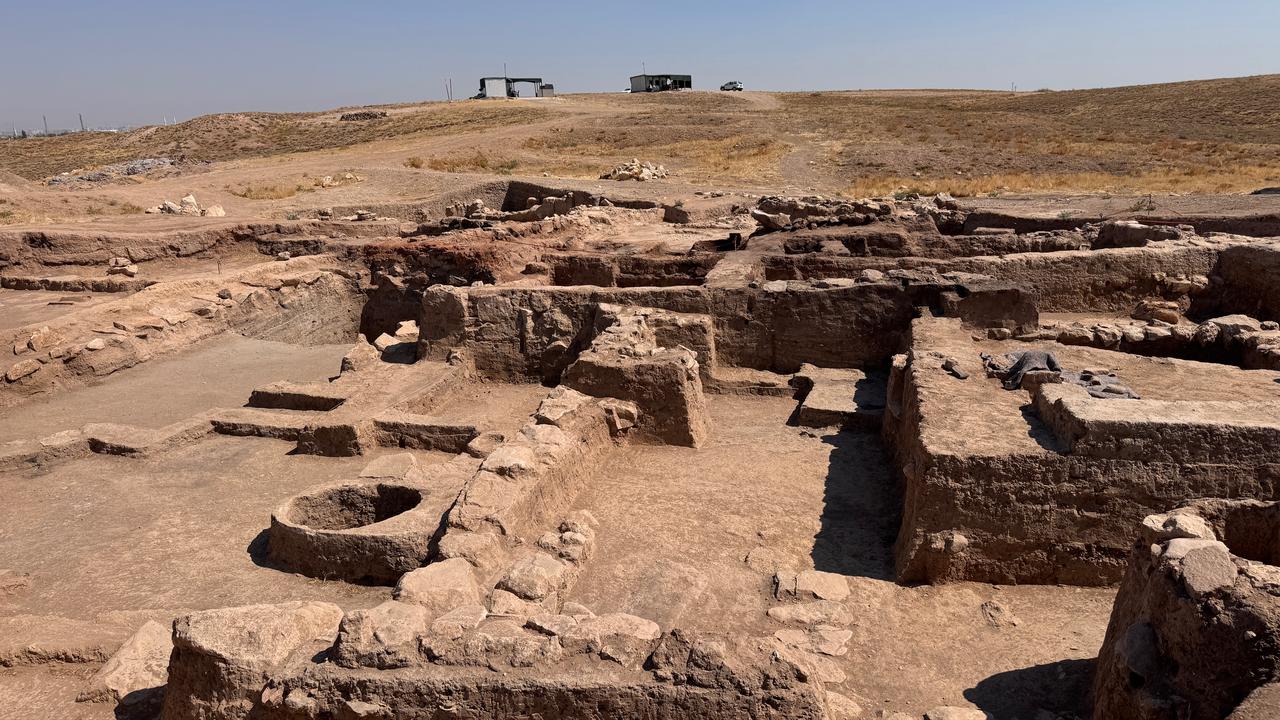
Traces of domestic life and beliefs
According to Arıkan, the set represents a kind of “kitchen kit” used in collective meals. The jug and plate are still undergoing conservation, while the cup has already been restored. Other objects found help to paint a picture of domestic life at the time, such as miniature toys—including a clay bull interpreted as a children’s toy—and a small lead statuette of a goddess, possibly used as a protective amulet.
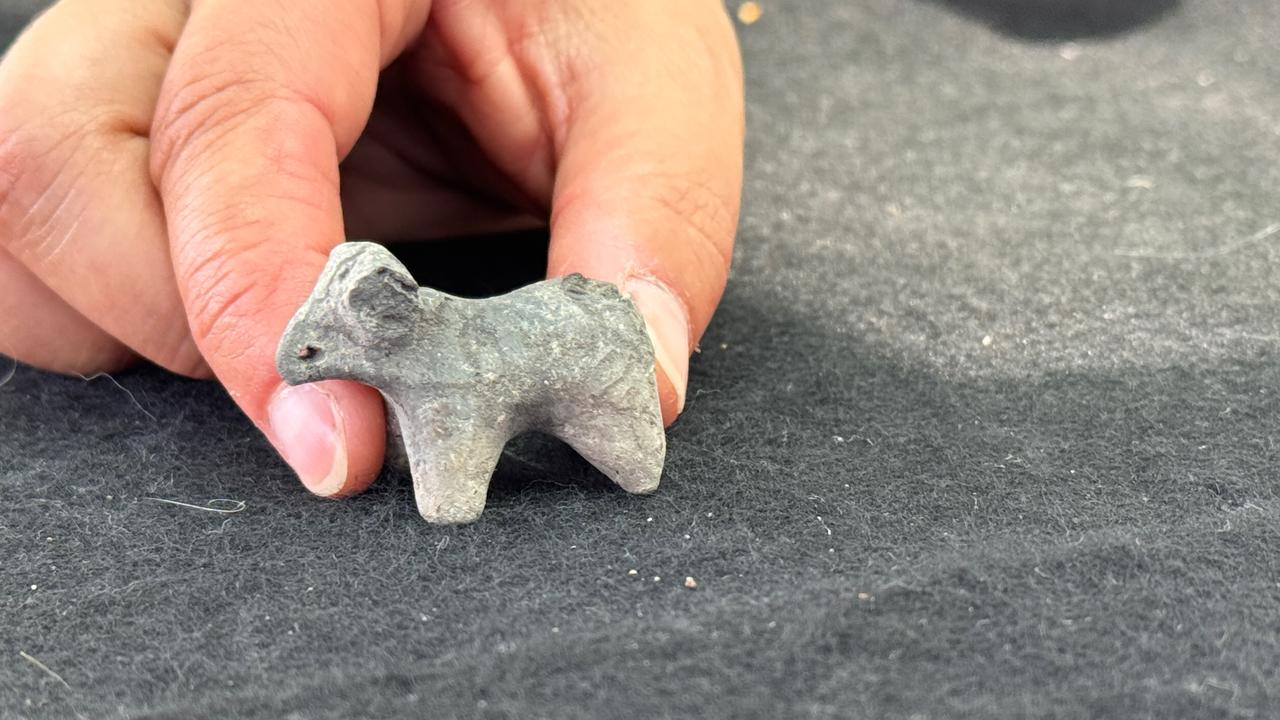
The excavations also revealed around 60 children’s burials within the settlement, a fact which, combined with the presence of ritual altars, reinforces the proximity between everyday life and sacred practices in the urban spaces of the time.
Trade and social organization
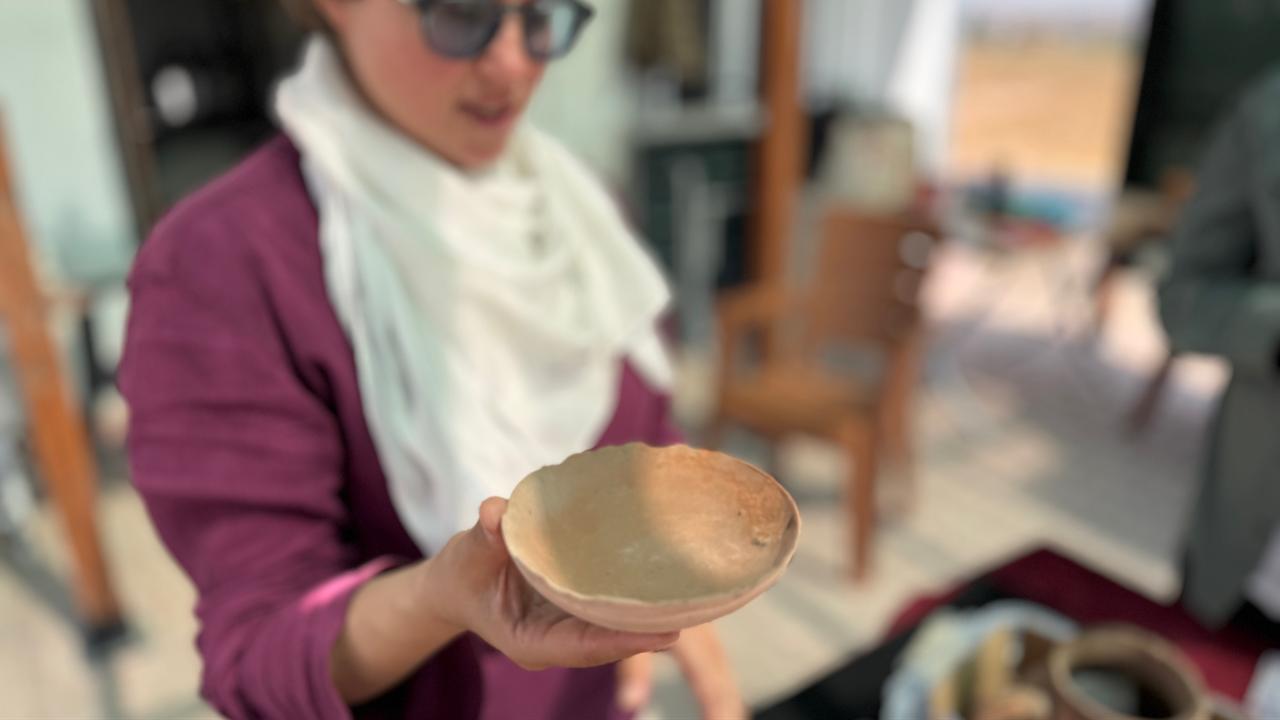
In addition to household utensils and religious objects, archaeologists found silver plates wrapped in cloth, identified as the capital of a local merchant. Seals, seal impressions, and fragments of “counting clay,” used to record transactions, also appeared. This evidence confirms Karahöyük’s role as a thriving commercial center in the second millennium BC, linked to the ancient Hittite Kingdom.
The researcher pointed out that this record-keeping system functioned as a primitive version of chambers of commerce, with marks resembling tax numbers and signatures.
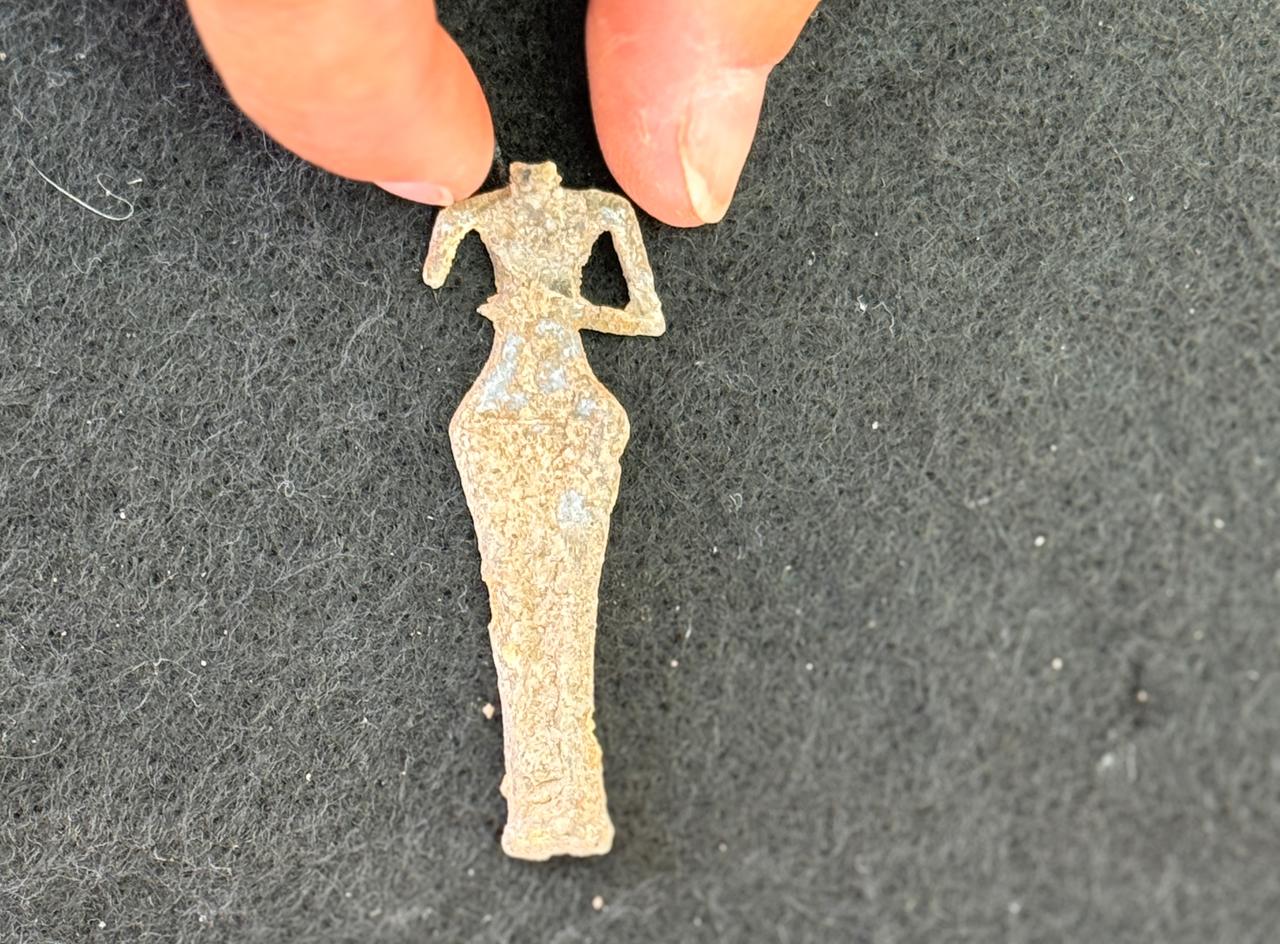
A layered site
Karahöyük shows signs of ten layers of continuous occupation, dating back to the beginning of the second millennium BC. Currently, archaeologists are focusing their efforts on the southwestern area of the mound, seeking to understand the function of the public buildings where the main artifacts were found. After the conservation work is completed, the dining set and other finds are expected to be displayed in regional museums.

